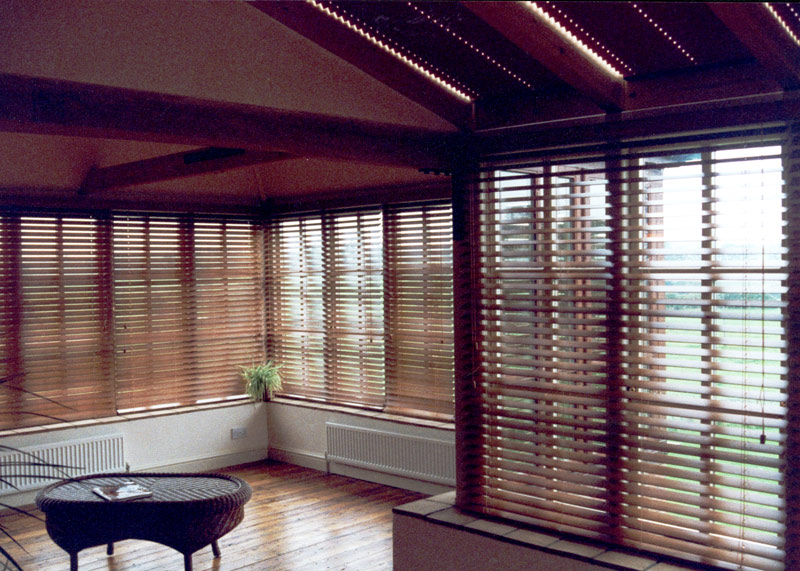Venetian blinds are one of the most popular blinds for both domestic and commercial use, they are available in aluminium and wood, and can give off a fantastic impression to visitors as well as giving you a long-lasting level of satisfaction whenever you look at them. There are so many different variations in terms of colour schemes and this is one of the reasons why so many people choose to purchase them in the first place.
One thing that a lot of people don’t consider when they purchase Venetian blinds for the first time is the cleaning and maintenance of them. On the surface keeping them clean seems like a very basic task but it is worth reading a little bit about it to make sure that you are cleaning them properly without the risk of damaging them. There is nothing worse than damaged Venetian blinds as they will leave you frustrated because the overall look that you were going for would be ruined.
In this article I’m going to cover some of the basic things that you should know in order to keep your Venetian blinds nice and clean and removing the risk of damaging them.

Using a Soft Cloth
This is a very basic want to start us off but one that is definitely worth a mention. Too many people use abrasive cloths when cleaning their Venetian blinds which can cause damage over time but a very soft cloth made of cotton will mean that there is no need to apply excess pressure as the cloth will naturally attract the dust from the blind. This also means that cleaning becomes a lot easier for you and a lot less time-consuming.
There are a number of cloths that are recommended specifically for cleaning things like blinds and it is worth checking in your local supermarket to see what is available. If nothing specific is available when you can just choose the softest cloth available or you could even go down a little bit more random route of using an old cotton sock or an old pair of gloves that can often do the job just as well.
To quickly clean the blind all that you need to do is to close the slats entirely and wipe them gently from one side to the other. Once you have worked your way from the top to the bottom you can then tilt the slats in the opposite direction and start again from the top. This will make sure that both sides of the blind have been thoroughly dusted.
Surface Wipes or Baby Wipes
Either of these type of wipes would be suitable for marks at a little bit more stubborn and many people choose to combine this method of cleaning with the use of a soft cloth. After dusting the blinds carefully to get rid of most of the dirt you can then go over them again in exactly the same way with surface or baby wipes. These will naturally help you to get rid of marks one come off with a soft cloth but the wipes are still nonabrasive and as long as you don’t apply excess force using the wipes will not cause damage to your blinds.
Soaking in the Bath
This is suitable for blinds that require a little bit more cleaning. You can run a bath with warm soapy water and leave your Venetian blind to soak before coming back to it after a few minutes and using a soft brush or cloth along all of the slats. The soaking time will help the more troublesome states to loosen up which allows for much easier than if you leave the blind. Again this method means that you do not have to apply excess force to the blind when trying to clean it and this will help you to prevent damage.
When using this method you should make sure that the blind is free of all excess soap and is completely dry before re-hanging. You can use a showerhead or a few cups of clean water to rinse away the excess soap and once this is done you can just leave it to naturally dry. If you are in a rush though that you can consider using a hairdryer on a low heat to dry the slats much more quickly.
The main thing to remember when cleaning your blinds is that you need to do everything that you can to avoid applying excess force onto the slats because these are the sections that will bend and break much more easily than the rest. It is possible to replace bent or broken slats however by following the above advice you can avoid the need to do this.
